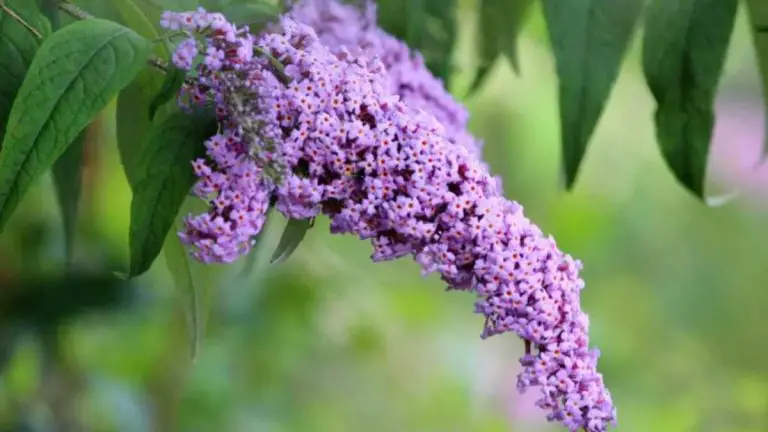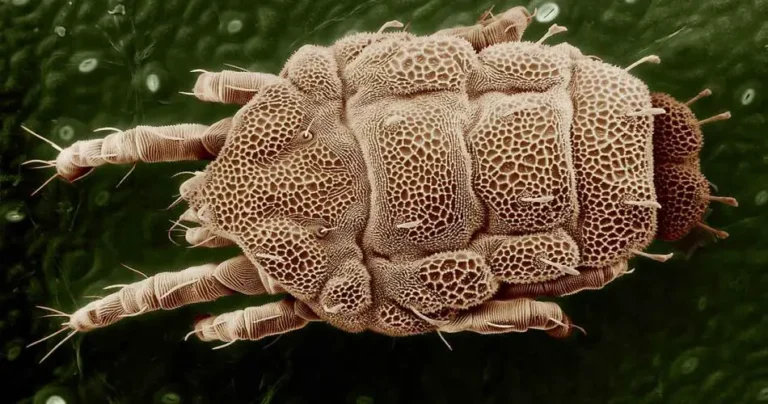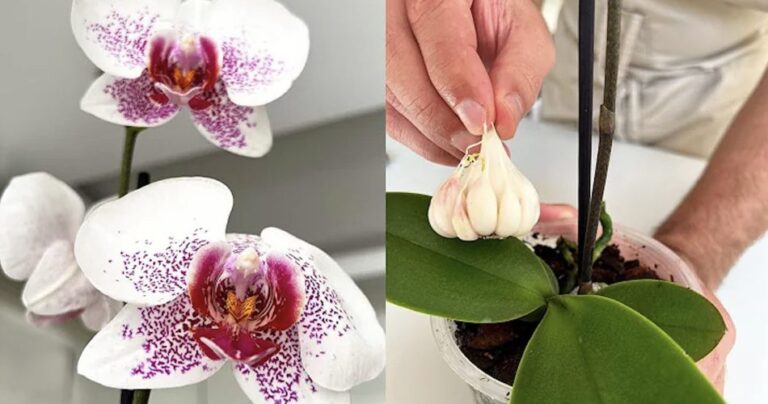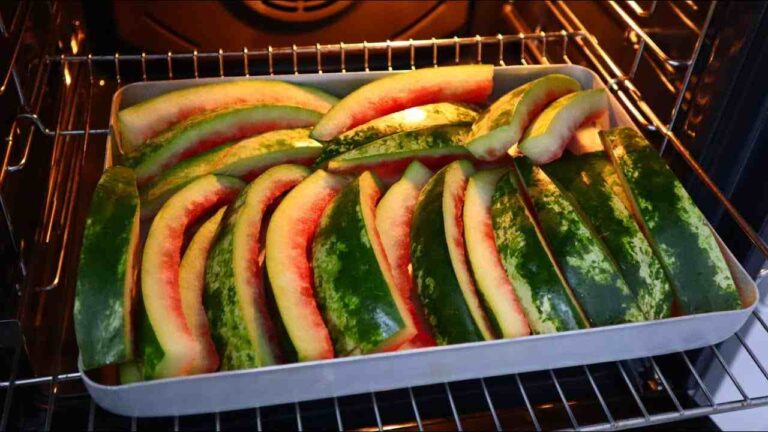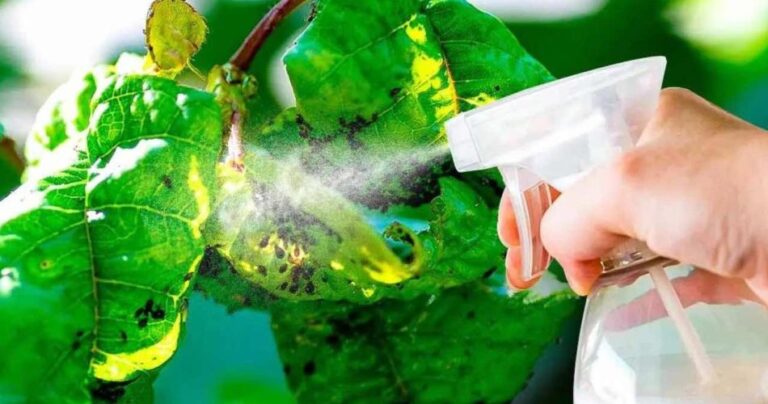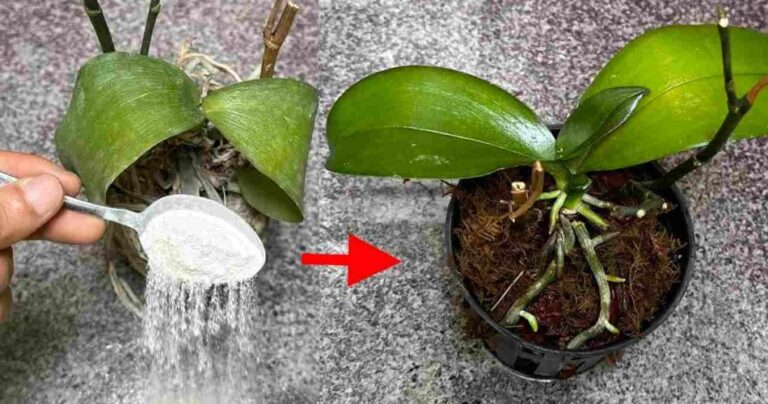Lilac: how to cut it correctly? things to know
The buddleia (Buddleja davidii), therefore also called the lilac butterfly, is carried away by swarms of butterflies due to its abundant nectar. This undemanding flowering shrub grows in virtually any soil, as long as it receives enough sun. In order for the wonderfully fragrant flowers of the lilac butterfly to bloom each year, the flowering bush must be pruned regularly. But when should you do it and how to do it?
Lilac butterfly pruning after flowering: yes or no?
The buddleia is a shrub that is very tolerant of pruning and has very vigorous flowering that always produces its flowers in the wood of the year. Contrary to popular belief, the butterfly lilac is not cut in summer immediately after flowering like the normal lilac, but at the end of winter. In January or February we cut all the old shoots on a frost-free day. Leave branches 20 to 30 centimeters long with two eyes on each branch. The bush grows back from these. The buddleia forms two new branches on each shortened shoot.
The result of regular pruning is a flower dress that becomes more lush and rich from year to year. Don’t cut the lilac butterfly too late. Sleepy eyes in the making take time. If you wait too long to prune, flowering will be delayed until late summer.
How to whiten Buddleia?
Over the years, the buddleia becomes denser as it is pruned. The whorls of strongly branched branches should be removed from time to time. Sometimes the branches grow on top of each other. Annoying branches of this type and weak side shoots should be cut directly at the base. To get a beautiful and airy crown, it is not advisable to cut all the branches in the same way, but at different heights. As a result, the bush no longer develops as many flowers, but it is not as dense either.
Cut spent flowers
When butterfly bush flowers fade, they should be removed as quickly as possible. This not only saves energy during growth, but also prevents the flowering shrub from over-seeding itself. Since buddleia self-seeds very easily and is even considered invasive, it is advisable to remove the inflorescences in time. Cut the old flowers above the axil of the first leaf. If seeds have already been planted, it is best to throw the flowers in the trash and not in the compost. In fact, the seeds are rebellious and risk dissolving in the fertilizer the following year.
What you should pay attention to when pruning lilac butterfly
Clean, sharp tools are essential when pruning butterfly lilac. Lilac wood is very fragile and can only be cut cleanly with a good cutting tool. A smooth cutting surface protects the plant from the penetration of pathogens and fungi. Tip: Always cut branches at an angle. This allows rainwater to drain off and the wood dries quickly.
The exception: lilac with alternate leaves.
The flowers of the alternate-leaved buddleia (Buddleja alternifolia), on the other hand, form in the axils of the leaves. Buddleja alternifolia flowers on the previous year’s wood and should therefore not be pruned in spring, otherwise it will not flower. Due to its outstanding growth, this shrub rarely needs pruning. If the lilac has become too dense, you can thin out old, damaged branches at the base at the end of summer.
